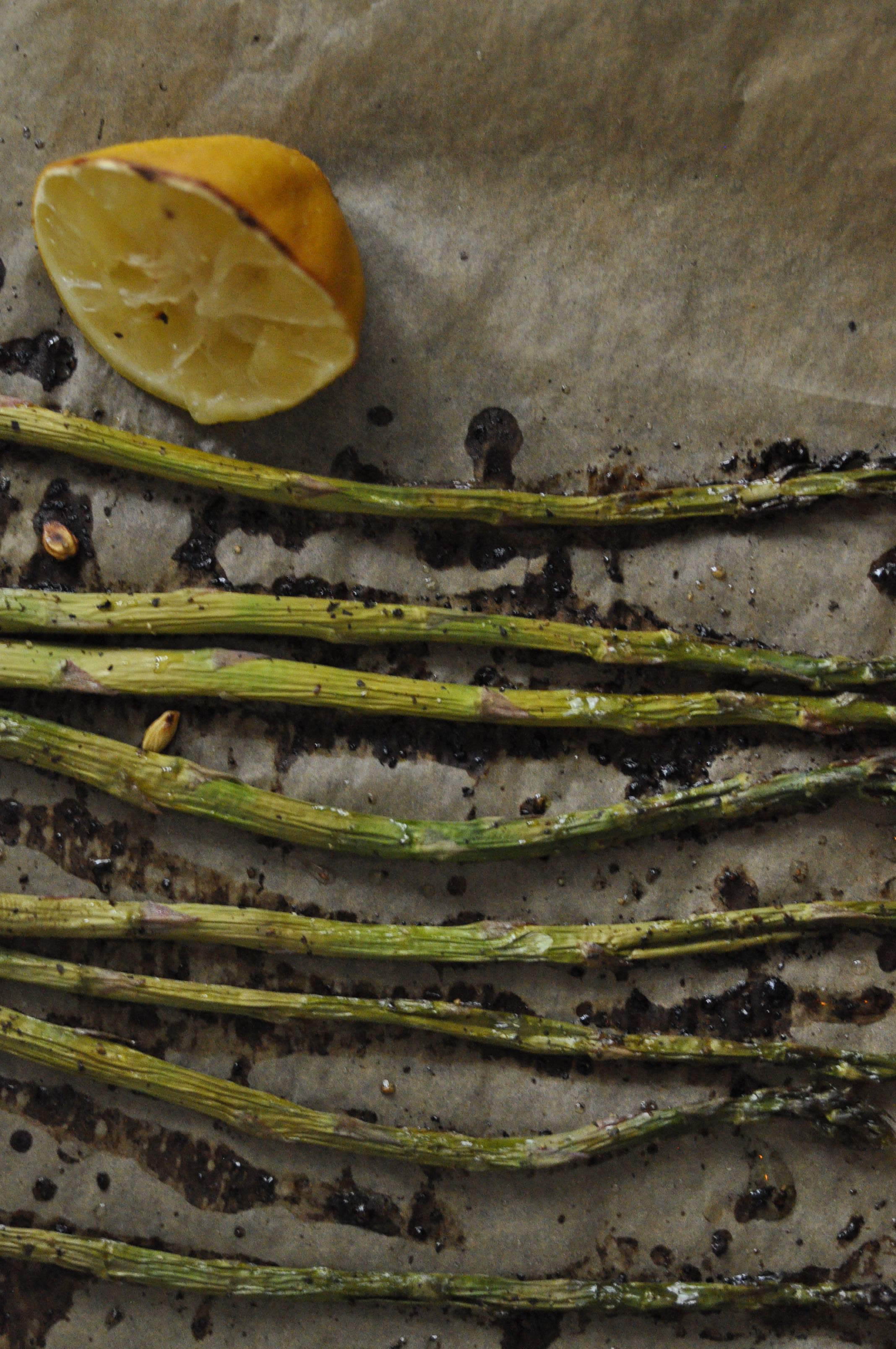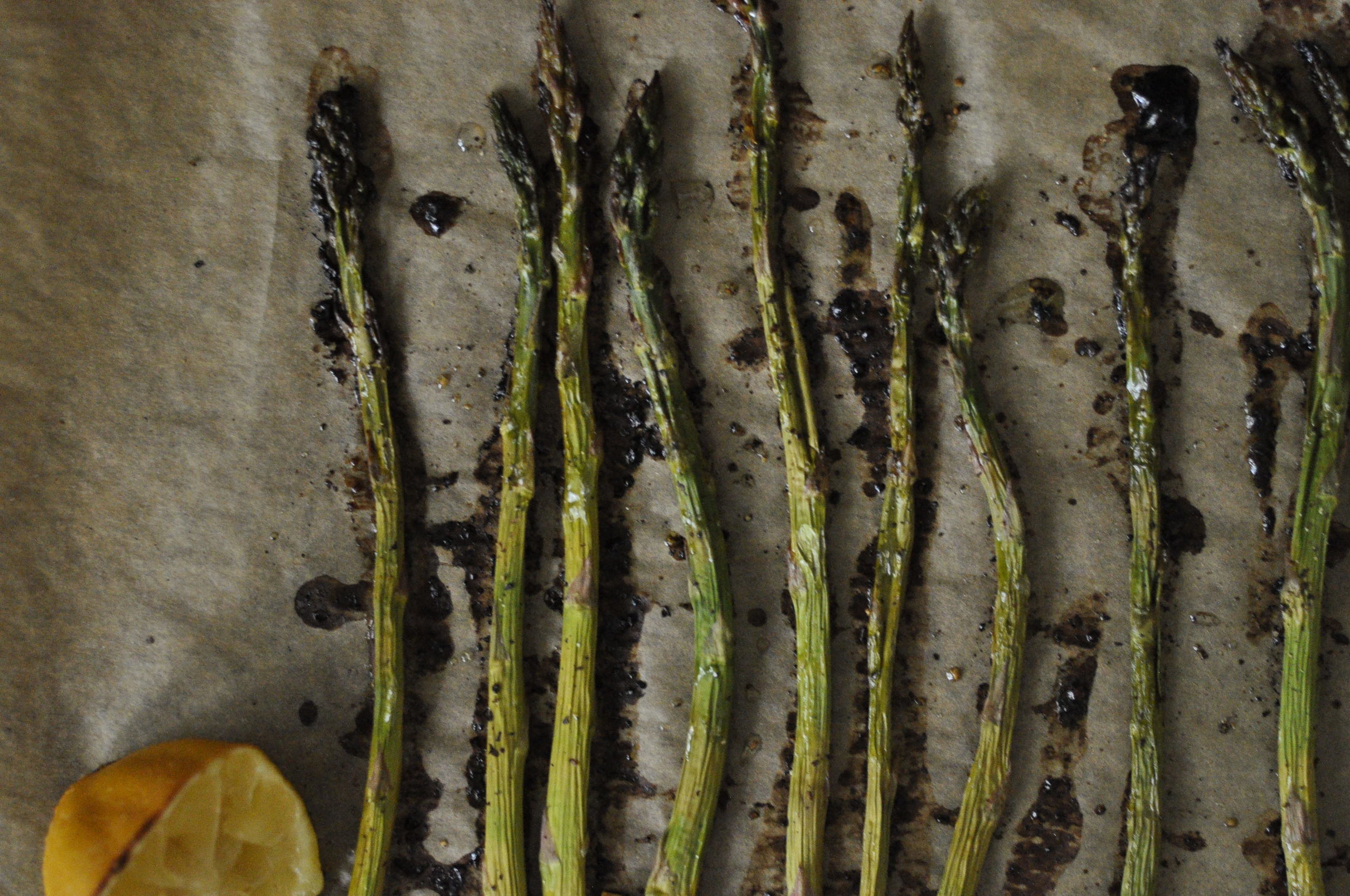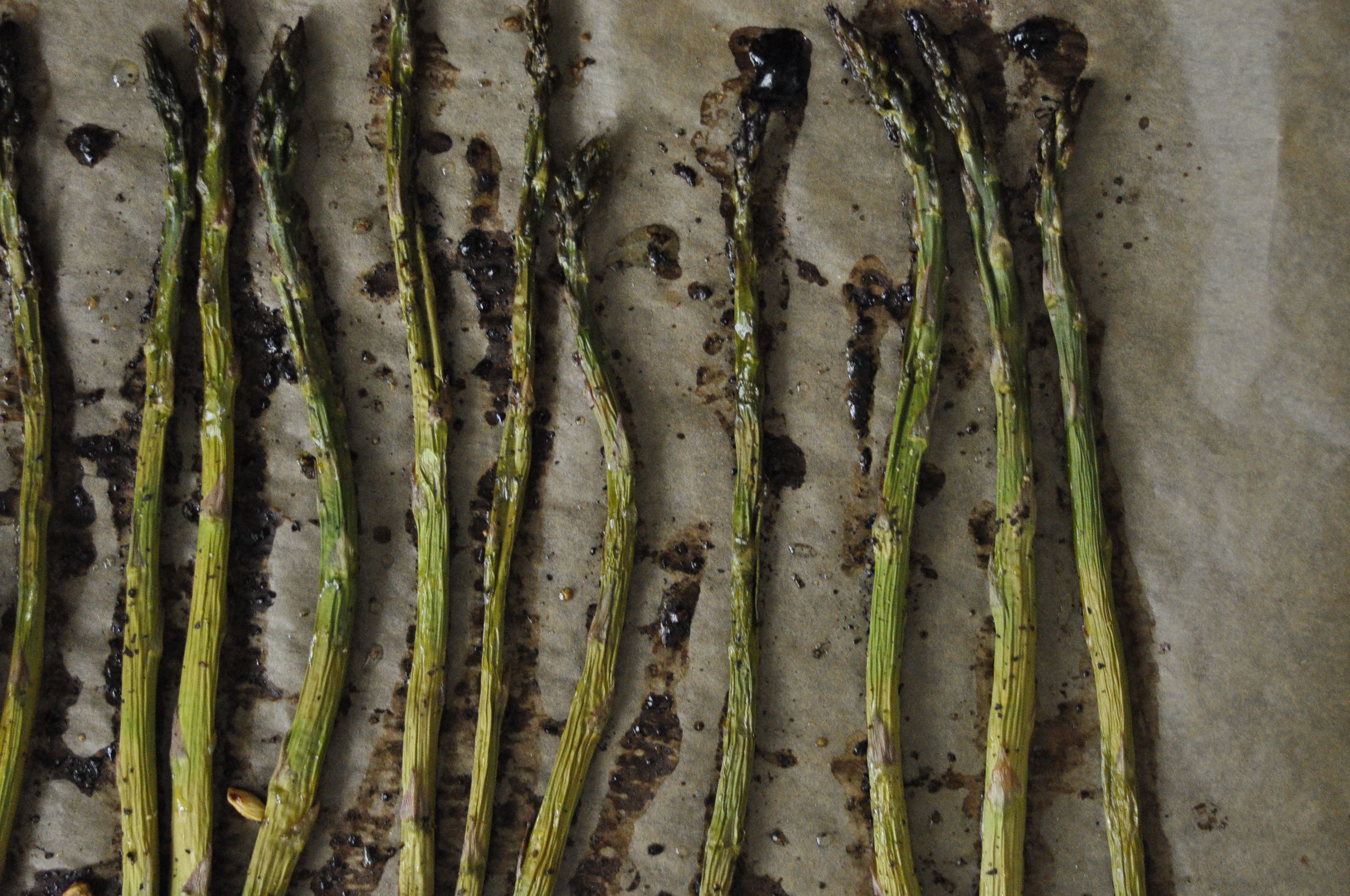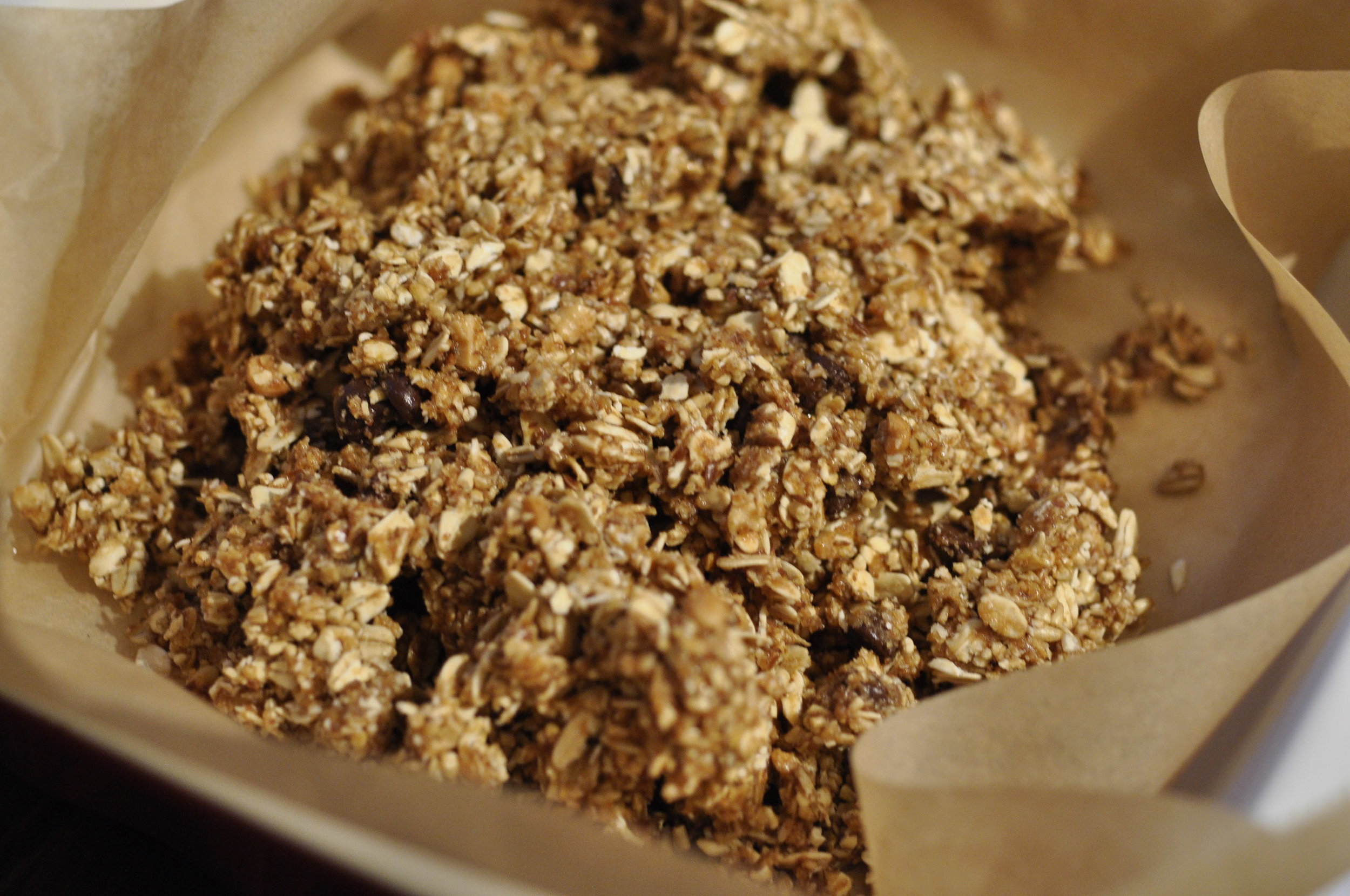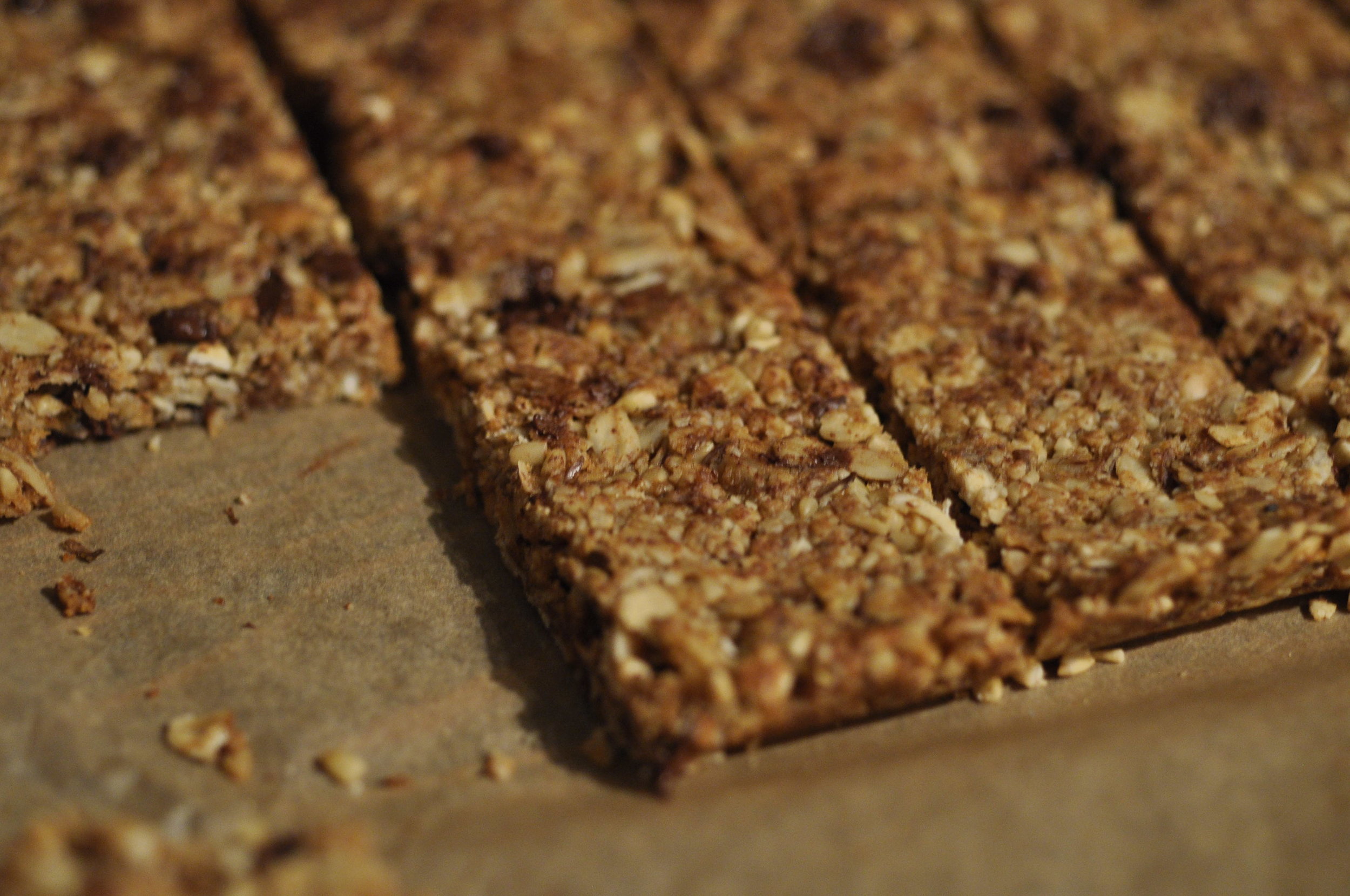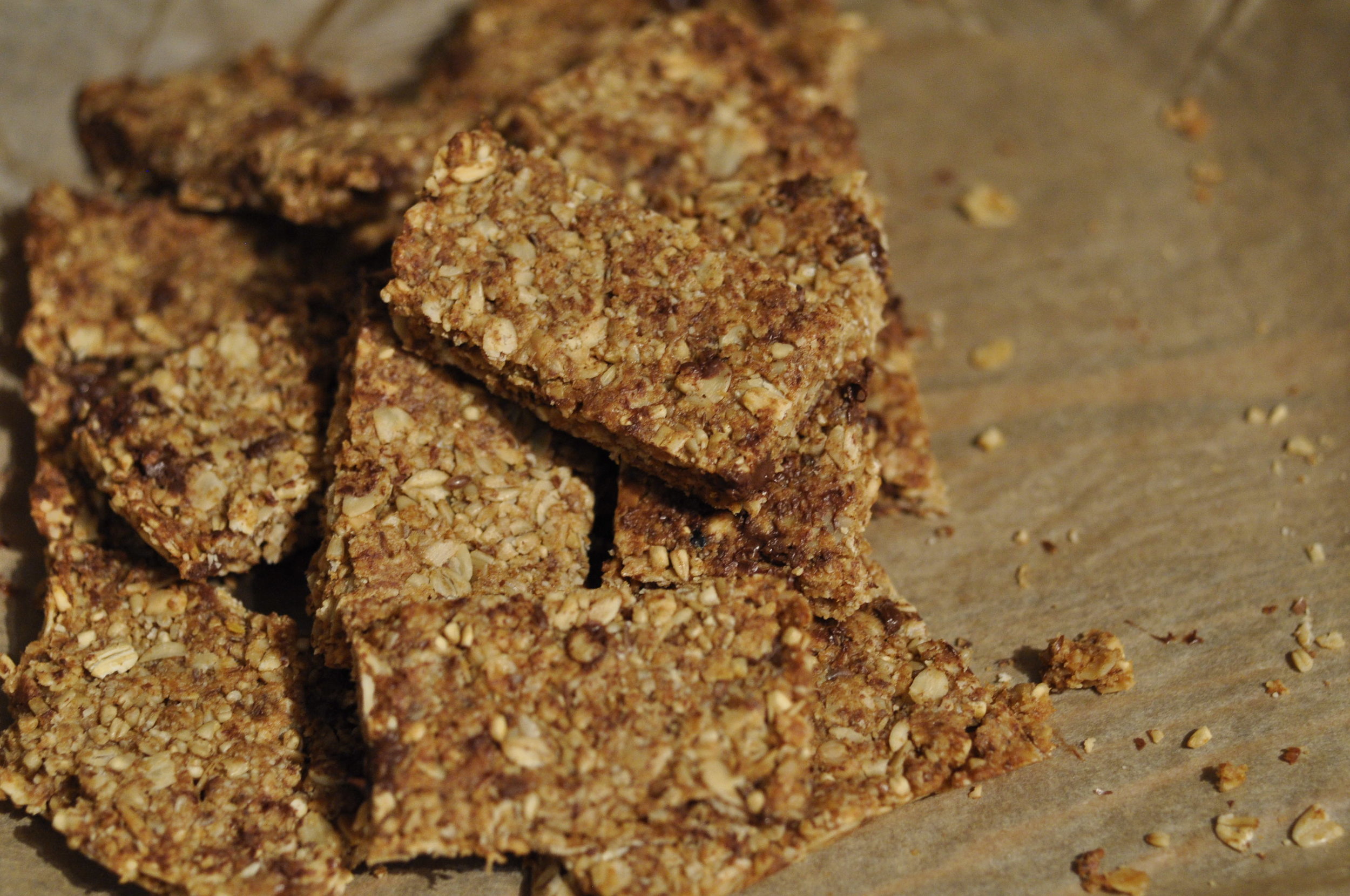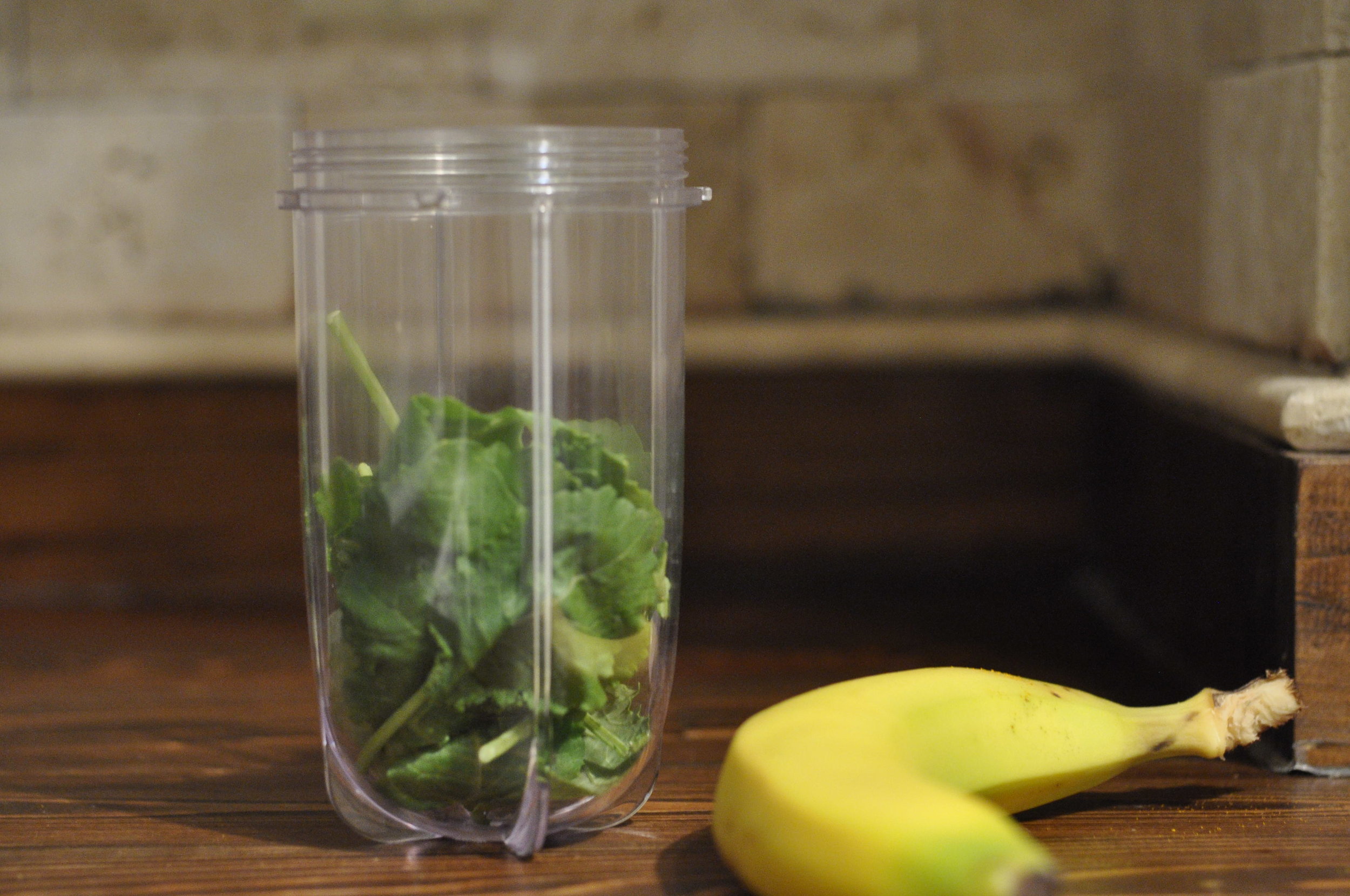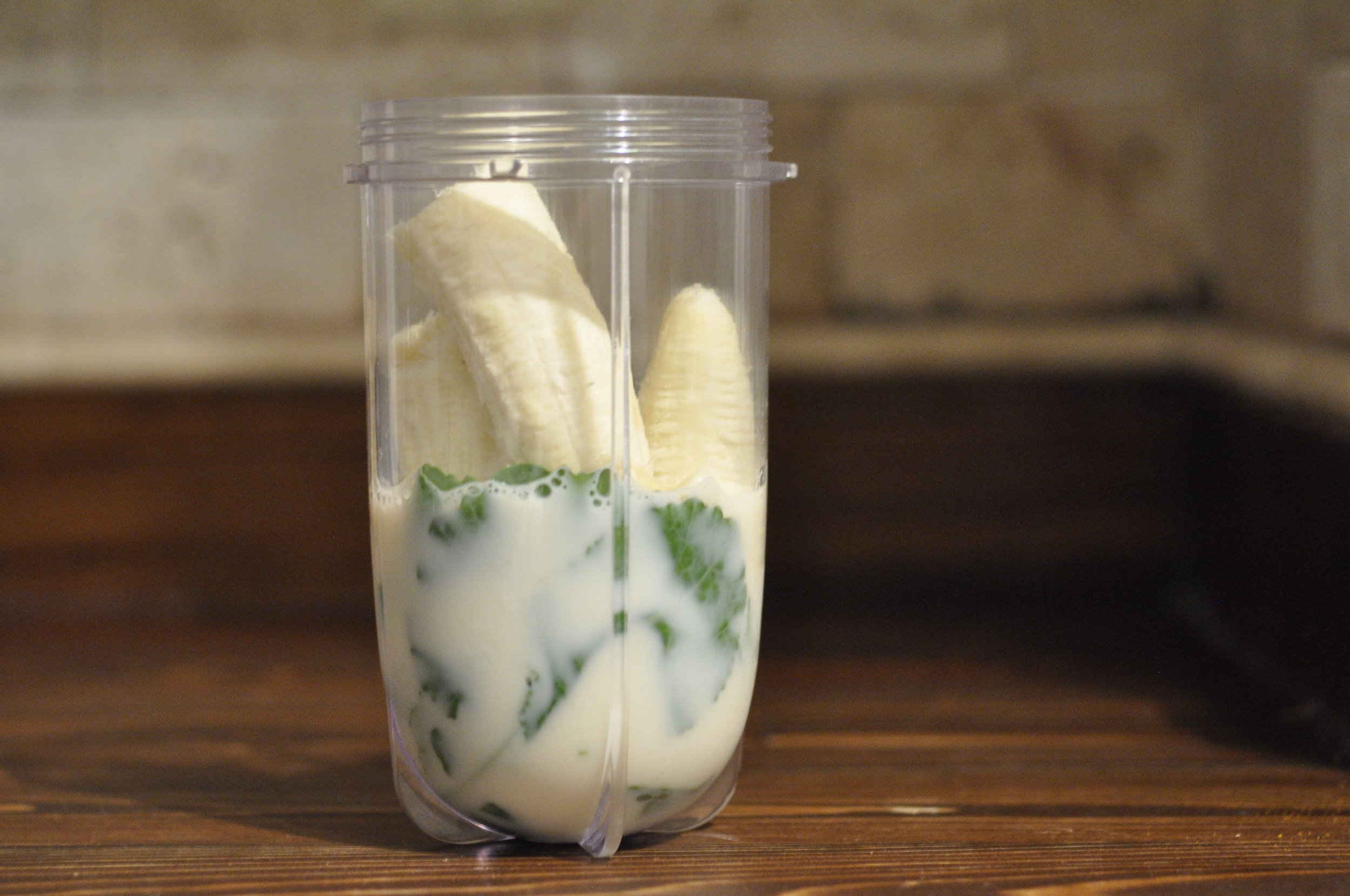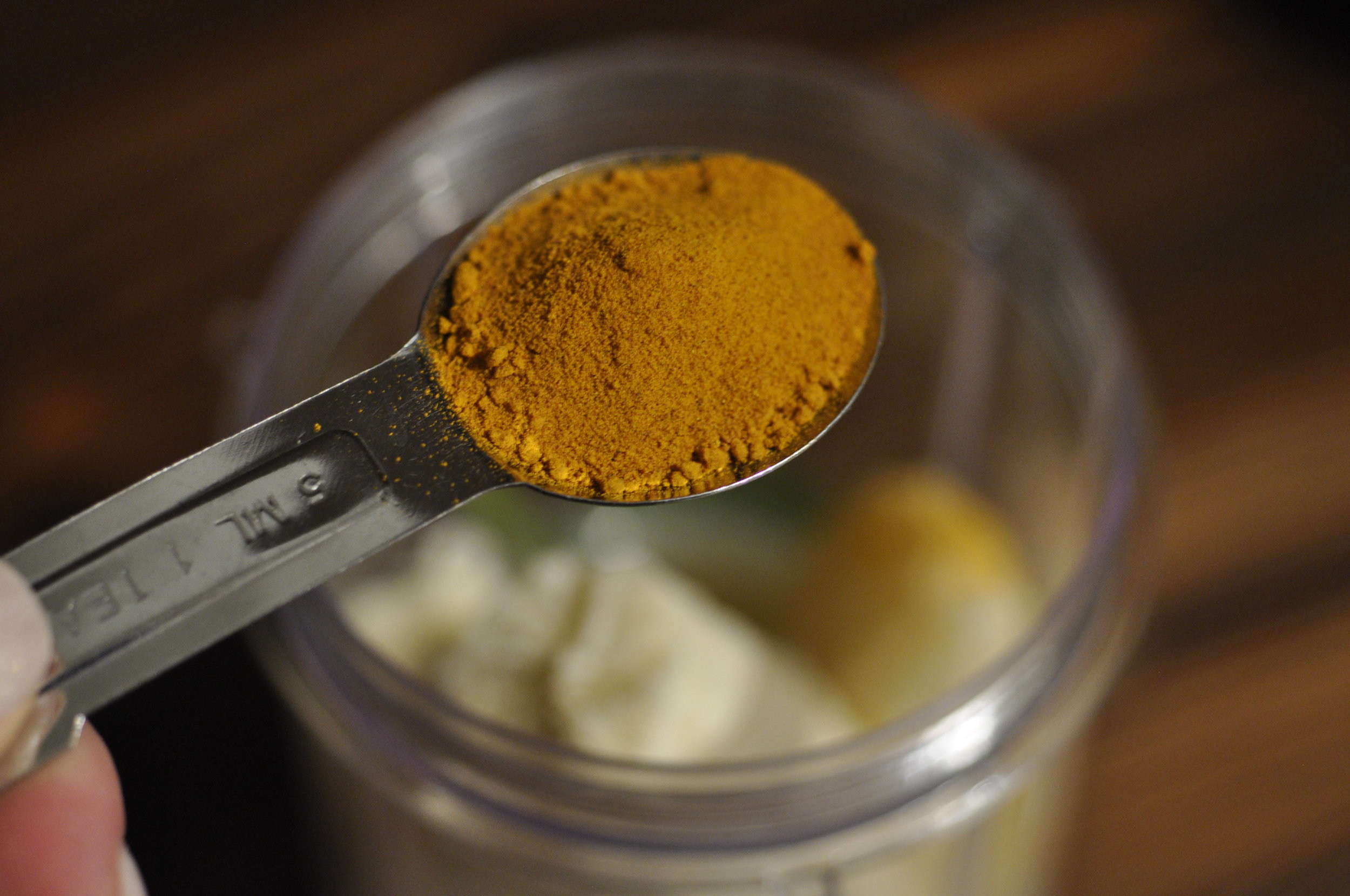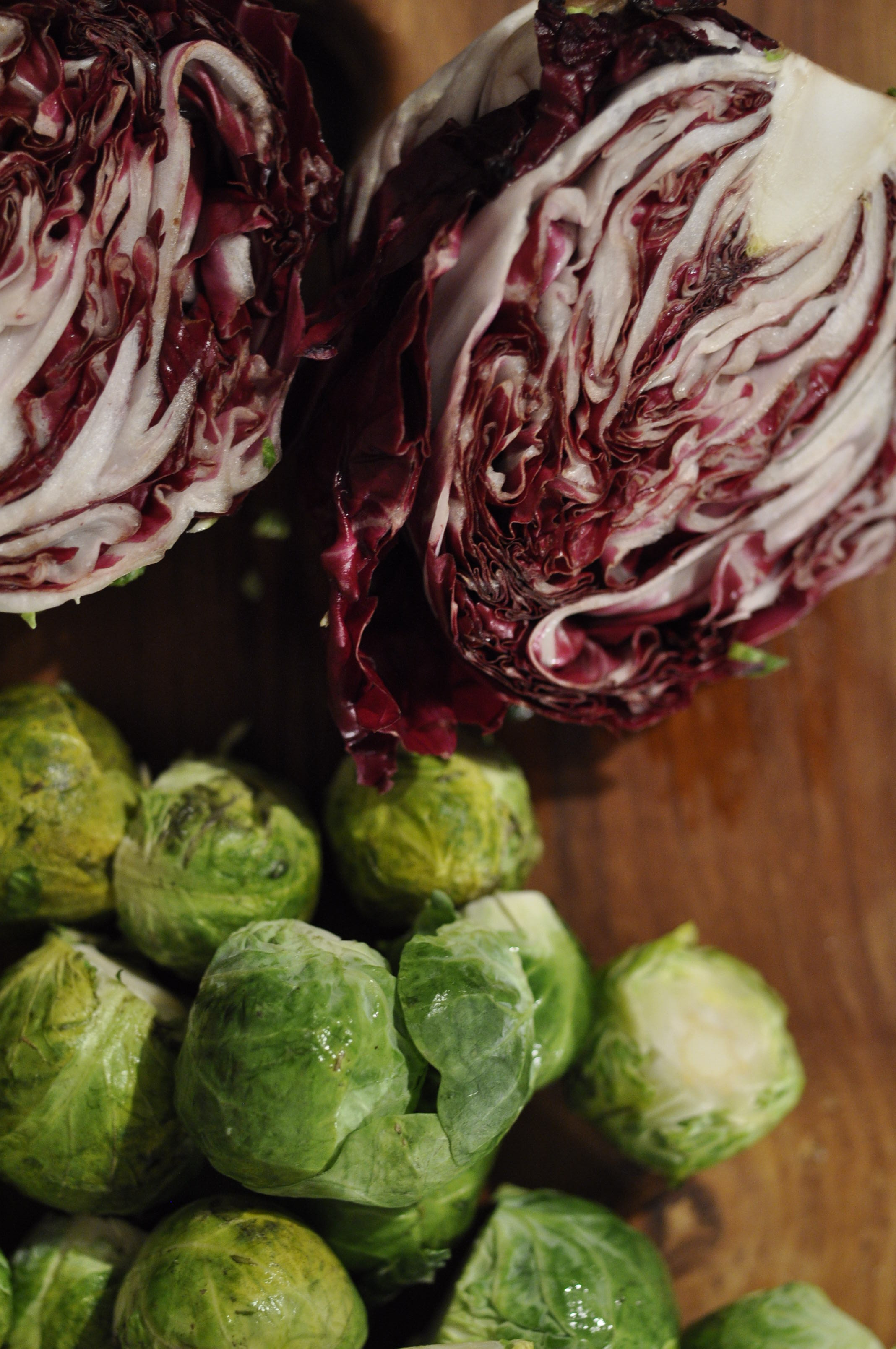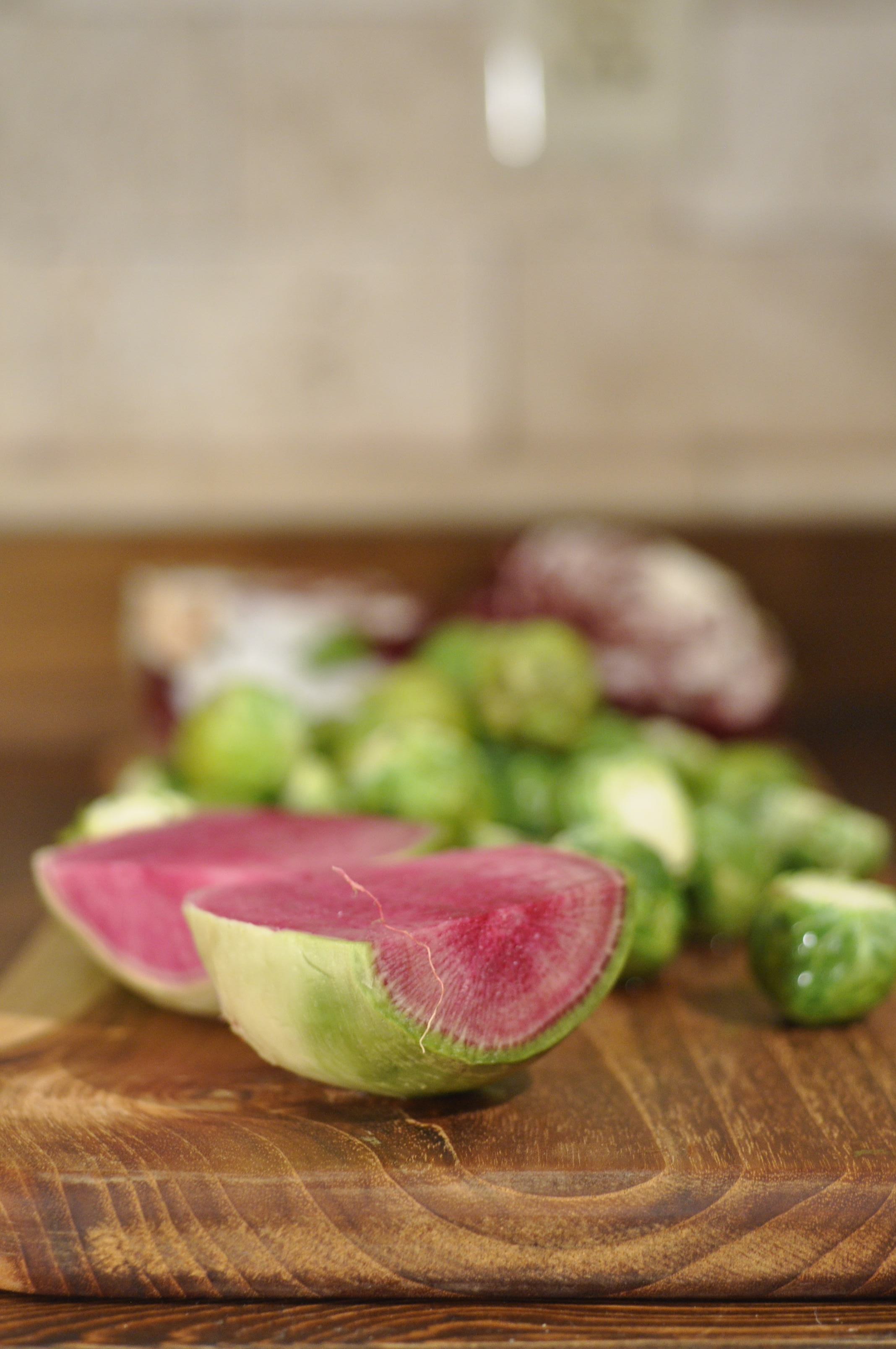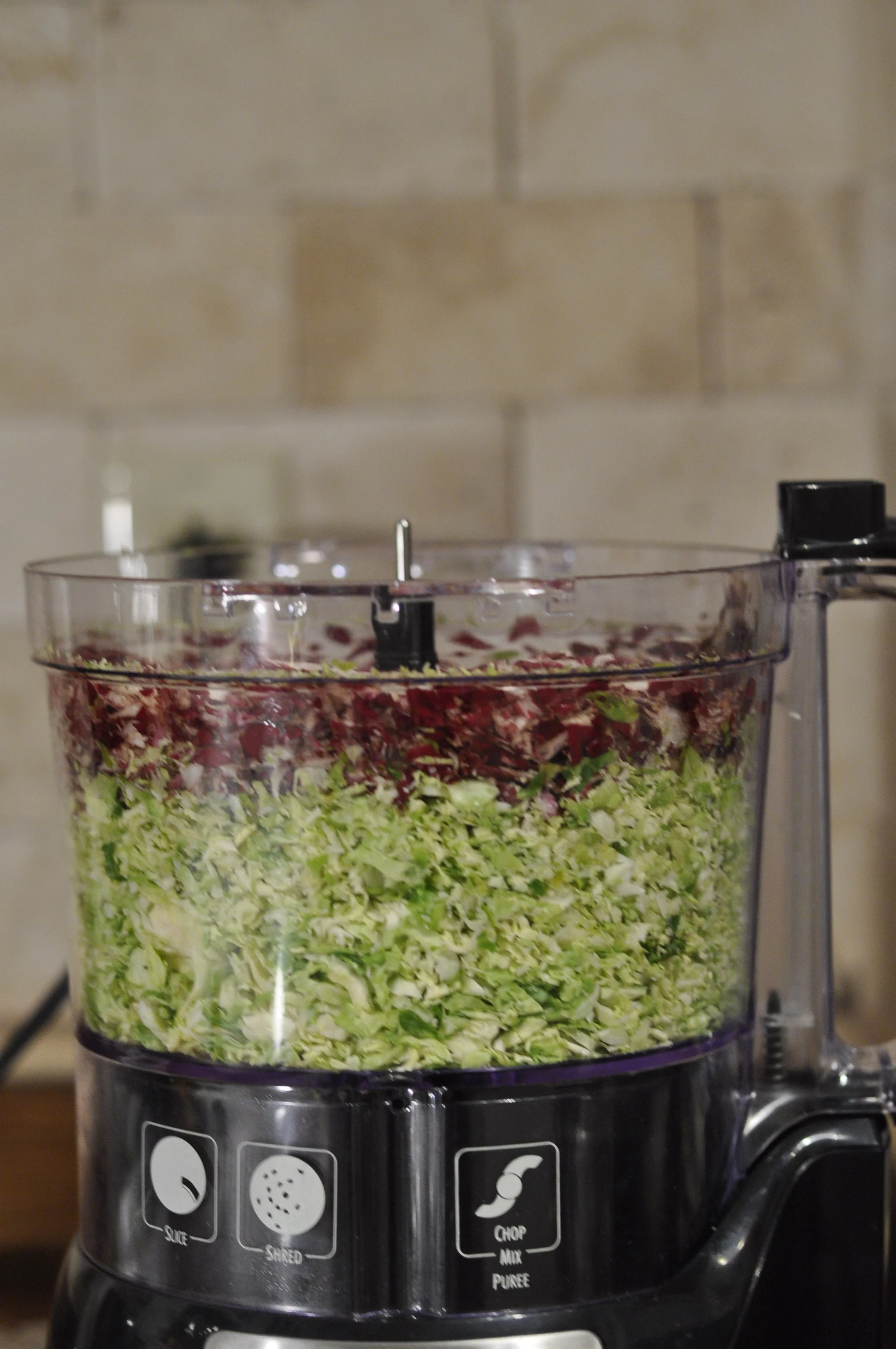Recently, I had the privilege of writing and publishing an article for EatingWell.com. Not only was it an opportunity to research a hot topic and speak to experts in the field, but it had the unexpected benefit of showcasing some of the confusion around not just carbohydrates, but the ketogenic diet in general.
EatingWell's Facebook page is active with multiple posts per day, so when the ketogenic article went up, I spent some time reading through the comments. Below are a few of the points that stood out along with my responses:
Myth 1: A high fat diet equals low carbohydrate
Multiple comments consisted of referencing the high fat foods eaten, but few recognized that some high-fat foods also contain carbohydrates. As stated in the article, the ketogenic diet doesn't have a standard definition, but most studies have stuck to 25-50g of carbohydrate or less per day. Dairy is one of the most commonly missed sources of carbohydrate and high fat dairy is still dairy meaning it contains carbohydrates despite the fat content. The carbohydrates in dairy come from the natural sugar called lactose which consists of galactose and glucose. This is called a disaccharide (double sugar) and requires an enzyme, lactase, to be used during digestion. One cup of whole milk contains 12g carbohydrate and a standard container (6oz) of full-fat yogurt contains around 8g of carbohydrate. Eat one serving of each and you're nearing the carbohydrate limit of the ketogenic diet.
A few key points:
1. The ketogenic diet is challenging to maintain and much of the research has relied on controlled environments where food is administered and tightly regulated, a feat difficult to duplicate in the real world.
2. Following a diet this strict makes it more likely that you'll miss out on key nutrients commonly found in fiber-rich, carbohydrate-containing foods like fruits, beans, and whole grains.
3. Plant-based diets are known to contribute to a lower risk for chronic disease and there is mounting evidence that plant-based diets may be beneficial for the environment. Read more.
4. Lastly, and perhaps most importantly, please do not confuse the recommendation of eating more plants, like whole grains, beans, and legumes, to be a recommendation to eat more ultra-processed foods high in added sugars and salt. Simply adding plants and whole food sources of carbohydrates to the diet does not mean you must also add highly processed, sugary, salty, and fat-laden foods to the diet. If I recommend whole grains, I'm not simultaneously recommending all processed, grain products. This all or nothing approach is one of the most challenging and prevalent practices I hear every day in conversations with clients, colleagues, and friends. I see it on social media, read it in blogs and hear it in traditional media. Walk into any major bookstore and the covers of diet books will tell you just how extreme our approach to nutrition can be. The science of nutrition isn't all or nothing. It's nuanced, it's complicated, it's evolving. Nutrition is personal and deeply rooted in culture, environment, skills, access, knowledge, and preferences. Recommendations should be based in science, but flexible in approach and application.



